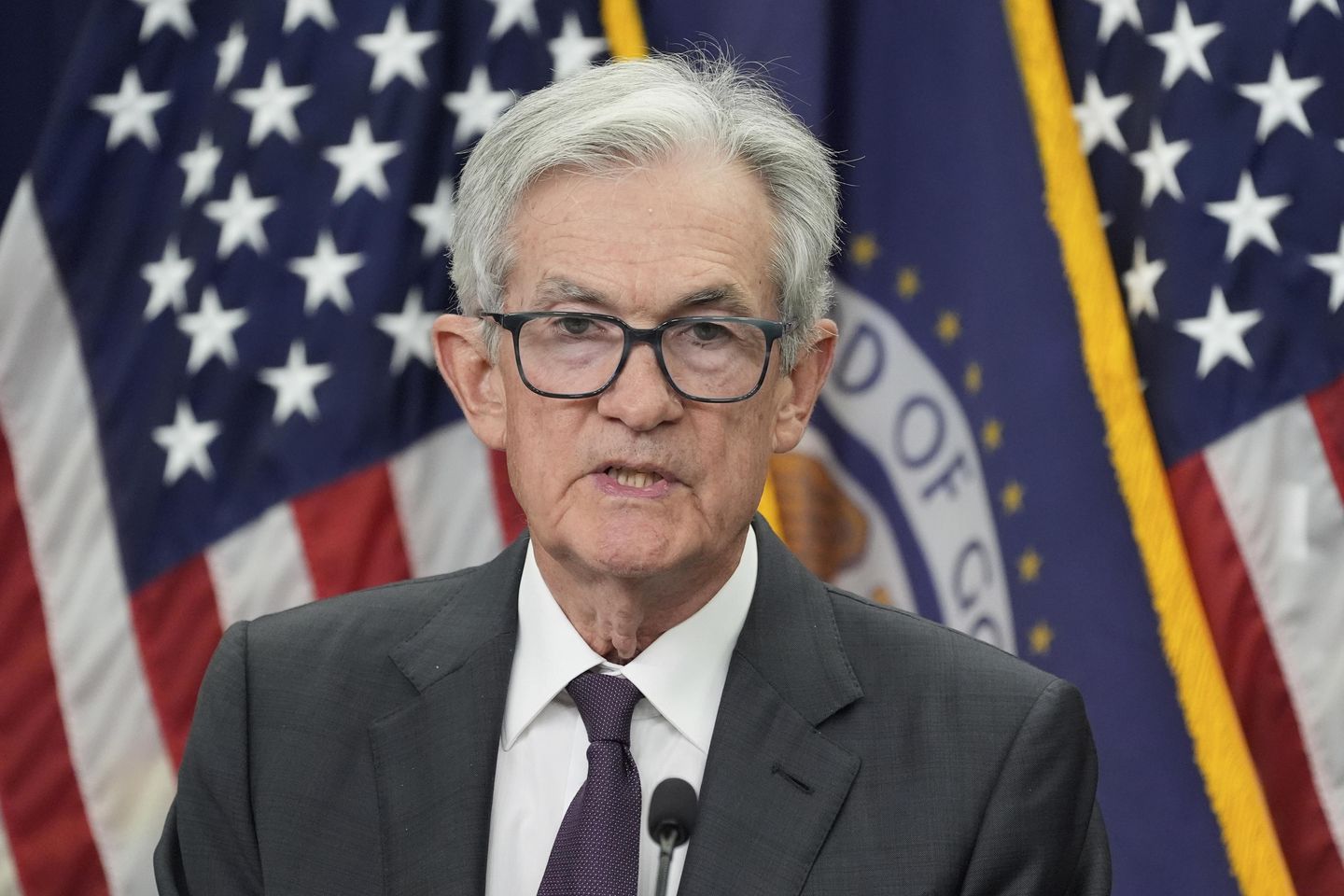
The Federal Reserve is increasingly likely to cut interest rates at its meeting next month as worries about potential inflation compete with new concerns about a slowdown in hiring.
For months, President Trump has hectored Federal Reserve Chair Jerome Powell to give borrowers better terms through lower rates, only to be rebuffed by central bankers who fear price increases from White House tariff policies.
The Fed will be compelled to cut rates at its Sept. 16-17 meeting if it determines that weaker hiring is a bigger concern. The July jobs report showed a sharp slowdown in hiring.
CME FedWatch on Tuesday projected an 85% chance that the Fed would cut its target rate by 25 basis points, or 0.25%. Investors will listen for hints when Mr. Powell addresses Fed policymakers at their annual conference this week in Jackson Hole, Wyoming.
The business world wants to know whether Mr. Powell is more concerned about tariff-induced inflation or the weaker job numbers as the central bank tries to fulfill its twin mandate of stable prices and maximum employment.
“The Fed has a dual mandate that contradicts itself. It has to keep inflation low and also keep unemployment low. Because of trade-offs, it can only pursue one of those goals at a time, and must choose,” said Ryan Young, a senior economist at the Competitive Enterprise Institute. “So what do you do when both inflation and labor markets are doing poorly? It’s an impossible situation. That’s why the Fed has held rates steady.”
That could be about to change.
The U.S. added a weaker-than-expected 75,000 jobs in July. The Bureau of Labor Statistics revised its May and June totals and concluded that employers added 258,000 fewer jobs than initially thought.
This month, Federal Reserve Governor Lisa Cook described the job numbers as pivotal and suggested that the issue weighs on central bankers.
“There were two major revisions to May and June, and these revisions are somewhat typical of turning points, which again speak to uncertainty,” Ms. Cook said in a public discussion with other Fed officials.
Mr. Trump said the job numbers seemed manipulated and fired the Bureau of Labor Statistics chief. He nominated E.J. Antoni, a Heritage Foundation economist, to lead the bureau, though he must be confirmed by the Senate.
Mr. Trump, who campaigned to end “Bidenflation,” has also defended his approach to trade. Consumer prices have been relatively stable despite doomsday predictions about his sweeping tariffs, which are taxes on imports.
However, Mr. Powell and others at the central bank have been reluctant to cut rates because of the volatile nature of Mr. Trump’s agenda and the potential for tariff-fueled inflation.
The White House recently finalized 15% to 41% tariffs on more than 67 countries, raising levies to their highest levels in more than a century.
Mr. Trump solidified the 10% blanket tariff on all imports and is implementing the 15% rate he negotiated with the European Union, Japan and South Korea.
The National Retail Federation and import-heavy industries have urged the Trump administration to moderate tariff levels. They say companies will have difficulty absorbing the tariffs over the long term.
The Fed will be mindful of the potential for higher prices once the tariffs filter through supply chains and the marketplace.
Yet Kishore Kulkarni, a distinguished professor of economics at the Metropolitan State University of Denver, said multiple factors suggest a rate cut is coming: A pair of open-market committee members voted in the last meeting to cut rates; the Fed had projected two rate cuts this year; and consumer inflation is at an annual rate of 2.7%, not the Fed target of 2% but “close enough.”
Given all this, political pressure is “too high to ignore,” Mr. Kulkarni said.
Mr. Powell is set to address the 43rd annual economic policy symposium at 10 a.m. Friday.
Economists said they don’t expect Mr. Powell to produce fireworks, though he may reassert the need for Fed actions to be guided by the data, outside of political pressure.
“Interest rates matter for a news cycle or two, but Fed independence is a permanent key institution of good government,” Mr. Young said. “Look for Powell to subtly and diplomatically say that while he appreciates the president’s concerns, the Fed makes its own monetary policy decisions.”
In the meantime, Mr. Trump is trying to shape the Fed to his liking.
The Senate is considering one of his appointees, Stephen Miran, to fill a vacancy on the Fed Board of Governors. On Wednesday, Mr. Trump called for Ms. Cook, a Biden appointee, to step down over claims of mortgage fraud.
William Pulte, director of the U.S. Federal Housing Finance Agency, posted a letter to Attorney General Pam Bondi that accuses Ms. Cook of submitting mortgage documents in 2021 that list both a Michigan residence and a Georgia condominium as primary residences, even though the Atlanta domicile was listed for rent.
“Cook must resign, now!!!” Mr. Trump said on Truth Social.
Mr. Powell is facing unrelenting pressure from Mr. Trump before the September meeting.
The president threatened to sue the chair over the cost of a renovation project at the Fed building in Washington, and Republican allies are echoing his attacks on Mr. Powell.
“Today’s a great day to fire Jerome Powell,” Sen. Tommy Tuberville, Alabama Republican, said Tuesday on X, something he posts daily.
Although he has stopped short of trying to oust Mr. Powell, Mr. Trump is moving on. He has drafted a list of replacements when the chair’s term expires in May.
Treasury Secretary Scott Bessent said 11 “very strong candidates” have been found.
“I’m going to be meeting with them probably right before or right after Labor Day and to start bringing down the list to present to President Trump,” Mr. Bessent told CNBC’s “Squawk Box” on Tuesday. “It’s an incredible group. It’s people who are at the Fed now, have been at the Fed and private sector. So I’m looking forward to meeting all of them with a very open mind.”
Mr. Powell has brushed off the president’s criticism and said he is focused on the economic data and the Fed’s mandate.

















